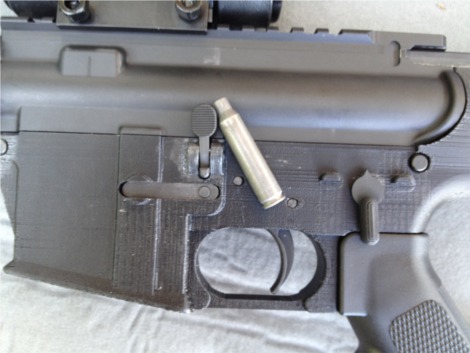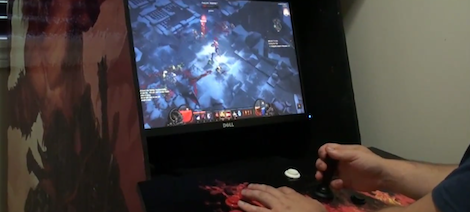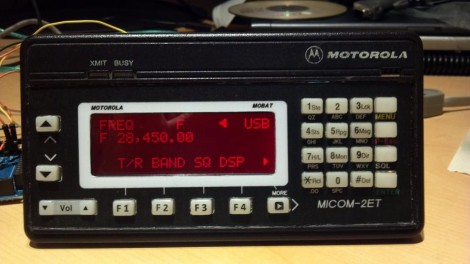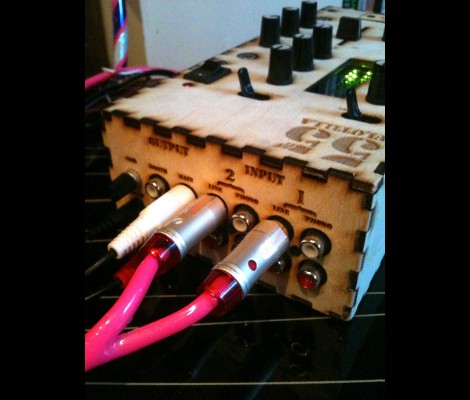
Earlier this summer, I took a trip through the southeast of the country. On this trip I was able to visit several hackerspaces and meet some really great people. We started at Squidfoo in Springfield Missouri. Then Moved on to Makers Local 256 in Huntsville Alabama. After that we saw 7hills hackerspace in Rome Georgia as well as Freeside hackerspace in Atlanta Georgia. The final leg of the trip took us to Chatt*Lab in Chattanooga Tennessee and the Hacker Consortium in Nashville.
For this trip, I am taking my family to the Grand Canyon. Well, that’s the part the kids are looking forward to. I’m looking forward to more hackerspaces and fantastic people. If you’re along the route from Springfield Missouri to Flagstaff Arizona, let me know (we’ll be hitting roswell NM on the way back too). We can go a little out of our way, but not hours. I would really love to visit some hackerspaces on this trip and do a video tour. You can comment here or hit me directly at caleb@hackaday.com.
















